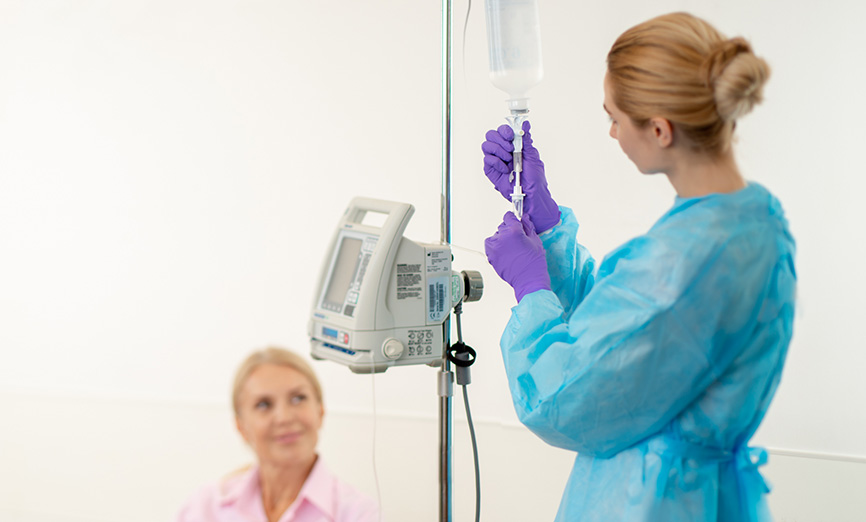Critical Characteristics of CSTDs: How They May Evolve in the Future
Healthcare professionals must sometimes deliver patient treatments that include hazardous drugs such as monoclonal antibodies and chemotherapy medications. These drugs can save patients' lives, but can also affect the health status of others through skin contact, inhalation, accidental hand-to-mouth ingestion, or sharps injuries. Leaks of these drugs, when handling for compounding, reconstitution, or administration, put patients and healthcare professionals, patient families and friends, and the environment in the healthcare facility or patients' homes at risk through potential exposure.
According to the CDC1 approximately eight million healthcare professionals in the United States face the danger of exposure to hazardous drugs in the workplace. These at-risk professionals include nursing and pharmacy personnel, operating room staff, physicians, surgeons, environmental services professionals, those employed in research laboratories, care workers in veterinary clinics, and those in shipping and receiving areas. Closed-system drug-transfer devices (CSTDs) offer a safe way to work with hazardous drugs.
